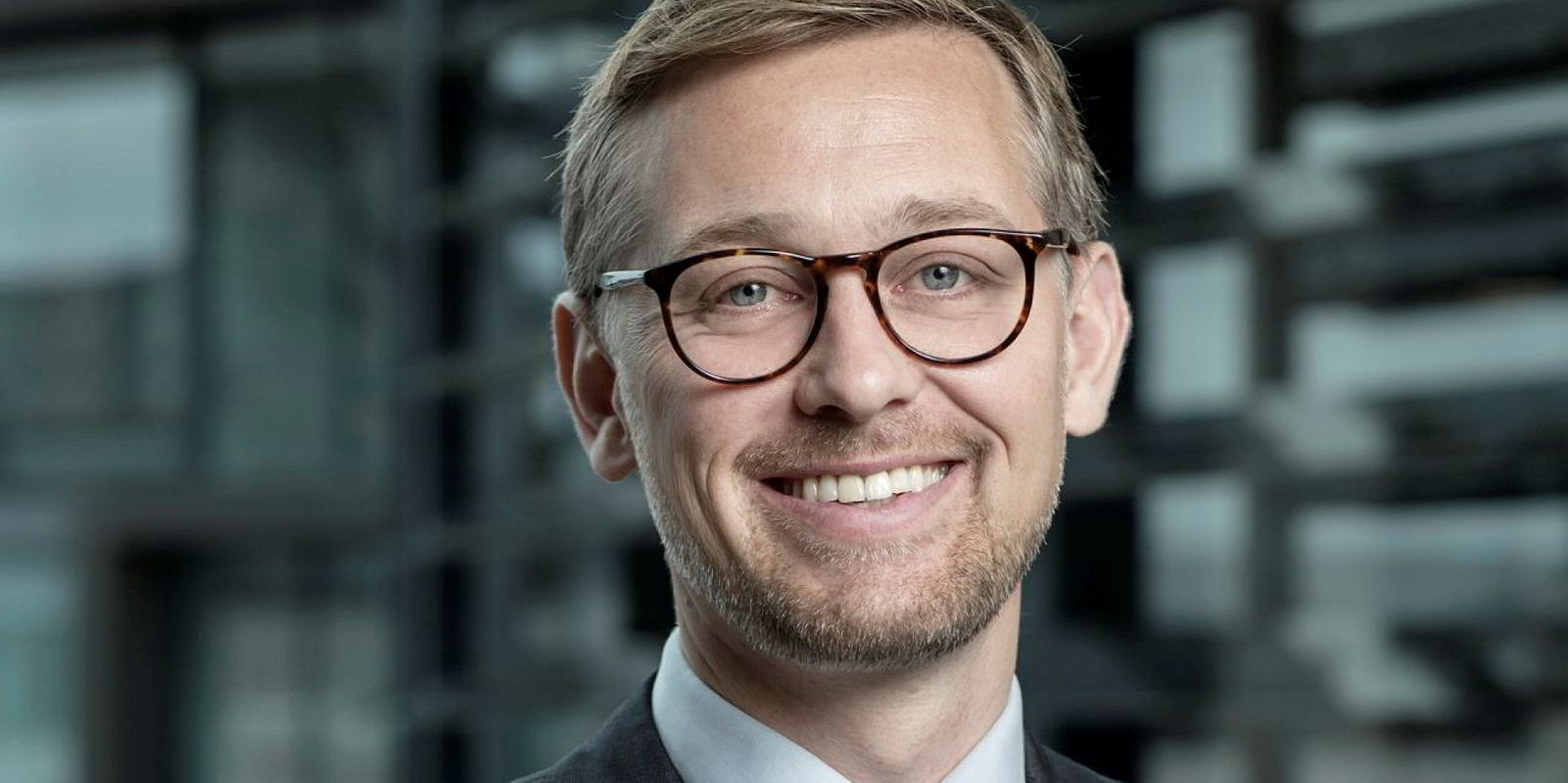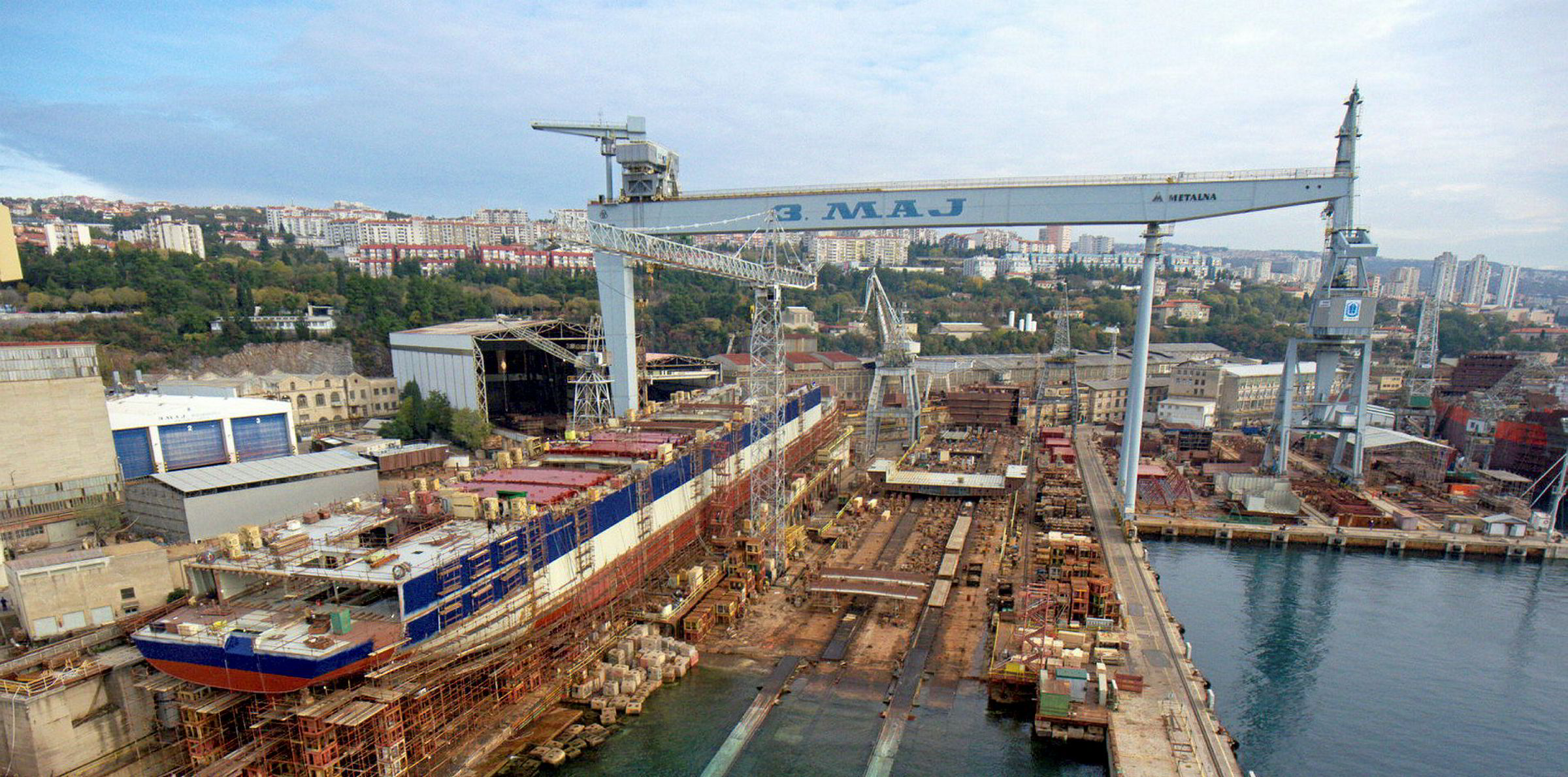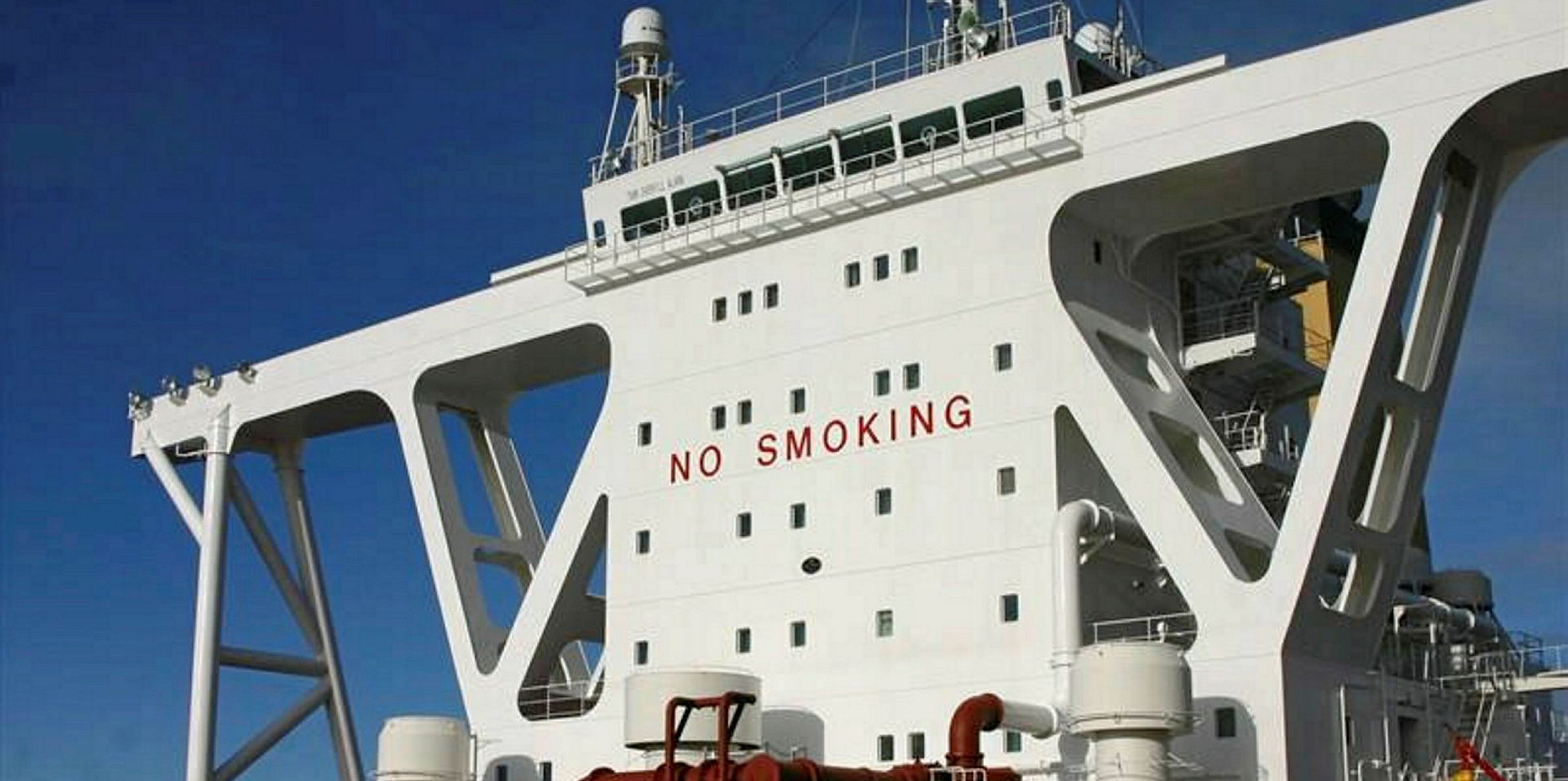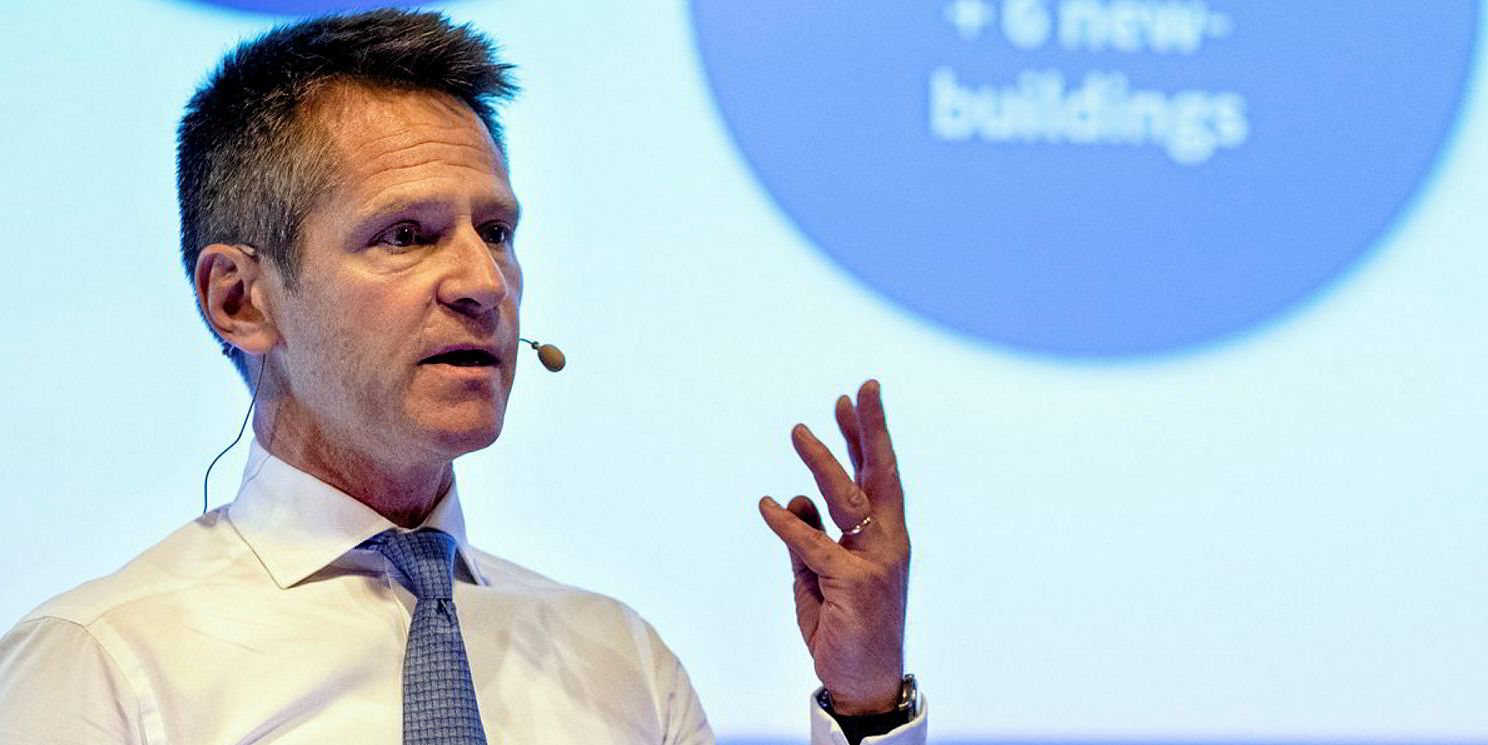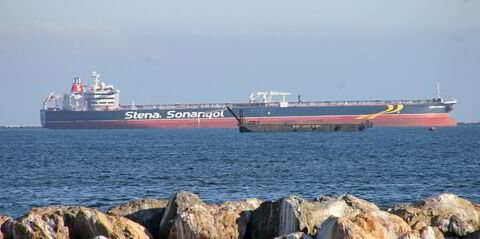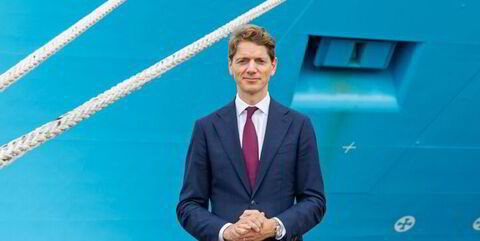Denmark's Maersk Product Tankers (MPT) has surged back into profit as it modernised its fleet through disposals and new partnerships.
The shipowner logged a profit before tax of $91.4m for 2019, turning around a loss of $35m in the previous year. Revenue grew from $647m to $728m.
Rates improved across all of its product tanker segments, especially in the fourth quarter, as it had expected.
MPT is the owning entity, while sister company Maersk Tankers operates the wider pooled fleet.
MPT said the primary drivers of the improvements were continued growth in demand for oil, increased transportation in preparation for the new low-sulphur regulations that came into force on 1 January, and sanctions limiting the available supply of vessels.
The company boosted its financial flexibility through the sale of 12 tankers during the year, plus a sale-and-leaseback agreement for four MR ships with Industrial and Commercial Bank of China.
Ability to invest
The tanker owner said this supports the "ability to invest when market prices are attractive and lock in attractive returns for shareholders".
TradeWinds had reported the 105,000-dwt Maersk Jamnagar and Maersk Jeddah (both built 2011) were sold to Greek interests in the summer, while the 37,000-dwt sisterships Maersk Edgar and Maersk Erin (both built 2004) followed them out of the fleet.
Brokers said three other ships — the 35,200-dwt Rita Maersk and 36,900-dwt Maersk Etienne (both built 2004), and 35,200-dwt Roy Maersk (built 2005) — had been circulated for sale last autumn.
A spokeswoman told TradeWinds that the company manages the fleet dynamically.
"Vessels are bought at attractive prices and sold when financially solid returns can be achieved," she said.
"The number of vessels and the composition of segments are adjusted according to market conditions and predicted future demand."
MPT bought eight secondhand vessels during 2019, of which it took delivery of six.
Three of the 12 sold ships will be handed over this year, but it is not disclosing names.
MPT only disposed of three units in 2018.
Others vessels confirmed sold and delivered in 2019 and 2020 are the 109,000-dwt LR2 Maersk Prosper (built 2001); 35,000-dwt Maersk Raleigh (built 2005), which went to James Fisher; 35,000-dwt Rita Maersk (built 2004); 109,000-dwt Maersk Producer (built 2006); and 109,000-dwt Maersk Princess (built 2005).
Four MR tankers were delivered to it from shipyards and the last four in the series of 10 LR2s were confirmed at "an attractive price", Maersk Tankers added. That increased outstanding capital commitments to $421.2m.
The shipowner's remaining vessels’ average daily running costs were reduced to $5,696 per day from $6,055 in 2018, through greater cost control, optimised procurement agreements and technological efficiencies.
Uncertain outlook this year
While markets have benefited from greater tonne-mile demand and a slow growth in operational vessel capacity in the early part of 2020, the company said the outlook for the full year is uncertain.
The coronavirus outbreak and countries’ containment measures have led to global reductions in transport, industrial and commercial activity, it added, causing a decline in the demand for oil which could eventually affect product tanker markets and freight rates.
The company, owned by AP Moller Holding and Mitsui & Co, owns 84 ships, but controls more than 225 through expanded pool agreements.
Earlier this month, it entered two new chemical carrier markets through taking over management of 27 tankers owned by Team Tankers.
Digital still the focus
"We improved our financial results and delivered a solid strategic performance," Maersk Tankers chief executive Christian Ingerslev said.
"This included decisive action to increase the use of digitisation to optimise fleet performance and reduce CO2 emissions; turn a profit by selling vessels when the market offered attractive financial returns; and reduce vessels’ average daily running costs."
Ingerslev sees a positive trajectory for 2020, with a clear priority of cementing its financial position.
"New digital measures were taken during the year to reduce CO2 emissions and increase earnings," he said.
"Software product SimBunker was used on the fleet of vessels to reduce bunker spend. The initial use generated healthy earnings and, due to the software product’s significant potential, the fleet will continue to use it."
The company's CO2 emissions were reduced 5.4%, through commercial and technical improvements.
Work will continue to reach the targets of achieving a 30% cut towards the end of 2021 and 45% by 2030, against a 2008 baseline.
